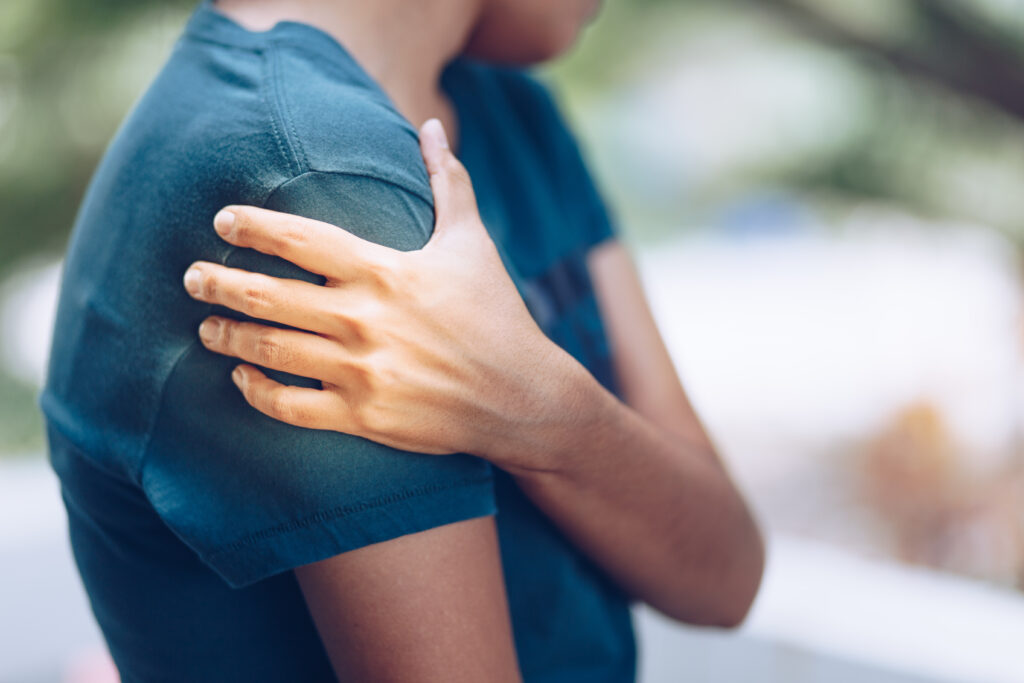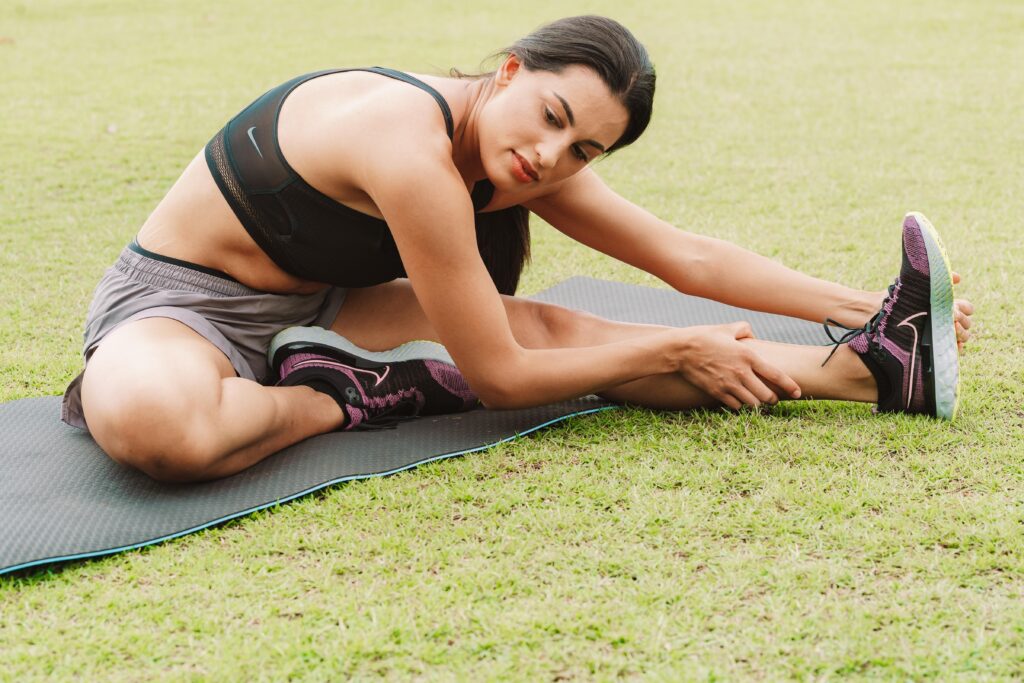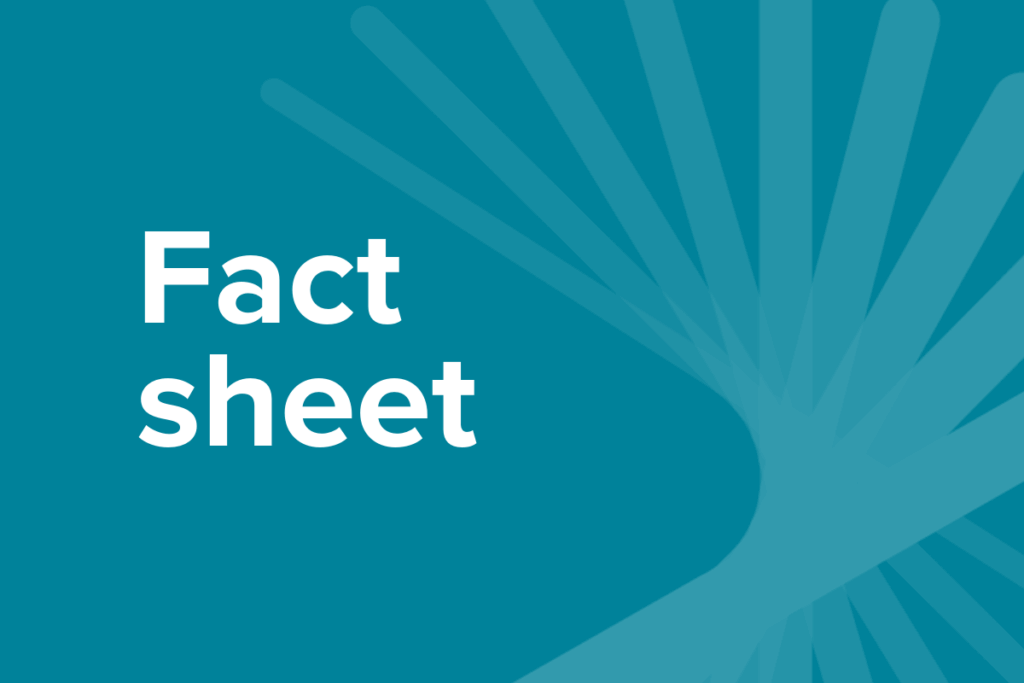Injury recovery
Exercise can play a key role in injury recovery by getting you back up to full speed as soon as possible.
Injuries can occur at work, on the sports field, as the result of an accident or through repetitive strain being placed on a joint or muscle. They can strike when you least expect it, and can have a debilitating effect on your everyday life and work.
Home / Injury recovery
Common injuries
Common injuries include:
- muscle pull and strain
- sprained ankle
- shoulder injury
- knee injuries
- sprains, breaks or dislocation
Exercise can play a key role in injury recovery however by getting you back up to full speed as soon as possible.
How does exercise help with injury recovery?
One of the best ways to prevent injury is to listen to the warning signs the body gives out. The common expression “no pain, no gain” creates a large misconception. Pain is the body’s way of telling you something is not right!
Get in touch with an Accredited Exercise Physiologist if you need help getting started.
What type of exercise is best for injury recovery?
The most effective way to minimise the risk of injury during exercise is to complete both a warm up and a cool down session of about 10 minutes duration. Light cardiovascular exercise using the same muscles that will be used during the main activity will prepare the body for exercise by:
- slowly increasing heart rate
- increasing the blood flow to the working muscles
- raising breathing rate
- warming up the muscles
- flexibility is absolutely a part of every good warm-up
Once the muscles are warm, they become more elastic and are ready to be used.
A cool down is just as important as a warm up so following activity add some gentle stretches. Whether choosing to perform static stretches (by holding each position for 10-30 seconds) or performing dynamic stretches (by moving the body through a functional range of motion) flexibility is essential for the muscles, tendons and joints.
Exercising while recovering from an injury
For those wanting to maintain their exercise regime whilst in recovery, you could consider the below alternatives:
- For sore hips do high box squats, half box squats shouldn’t be the primary exercise for people that are fit and healthy, but the high box squat is great for when those are experiencing an injury to their hips or if hips are feeling stiff and sore. By decreasing the range of hip flexion the high box squat will be less aggravating on the hip joint.
- For sore shoulders the floor press is a great alternative to the traditional bench press for those with shoulder issues. With a decreased range of motion there will be less stress on the shoulder capsule as well. The floor press is also a great exercise to help bust through that sticking point.
- Sore knees require a re-focus from knee dominant movements such as squats and lunges to more hip dominant movements like deadlifts (and variations), back extensions & good mornings. The more vertical shin angle during these exercises means less knee flexion and more hip flexion allowing different aspects of the lower body to be trained when knees aren’t being friendly.

Frequently asked questions
What is an Accredited Exercise Physiologist (AEP)?
An Accredited Exercise Physiologist (AEP) is an allied health professional that prescribes individualised exercise therapy to help people manage their chronic conditions, disabilities, long-term injuries and so much more. They are the most qualified professionals in Australia when it comes to the prescription safe and effective of exercise therapy.
Who should see an AEP?
Anyone who wants to move safely and improve their health can benefit. From chronic conditions to injury recovery, or simply wanting advice on how to exercise right, an exercise physiologist is the expert to see.
Is an AEP covered by Medicare or private health insurance?
Yes. As allied health professionals, exercise physiology services are recognised in government health funding including Medicare, National Disability Insurance Scheme (NDIS) and Department of Veteran’s Affairs (DVA), workers’ compensation and private health insurers. It’s important that you check with your provider as coverage can vary.
Where can I find an AEP?
Use recognised directories like Exercise & Sports Science Australia (ESSA), ask your GP or look for allied health clinics with AEP credentials.
You may also like

Common Injuries Every Female AFL Player Should be Aware Of
Over 400,000 females now participate in AFL throughout Australia and as that exciting number begins to grow, we also need to be aware of how to prevent injuries as the game develops. Each female AFL player will be unique in their physical strengths and weaknesses, however according to Accredited Sports Scientist Ben Brugman, there are […]
Hydrotherapy – What it is & how it works
Hydrotherapy is a type of exercise therapy done in a heated pool. It has a wide range of benefits and is used to target and treat a variety of conditions. The use of gentle, controlled movements in warm water (heated up to 31-35 degrees) allows people to steadily progress their range of movement. It’s also […]

